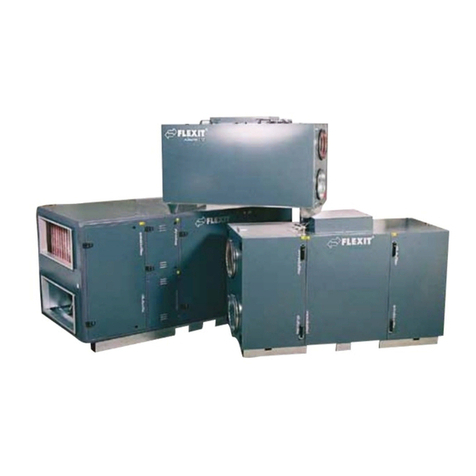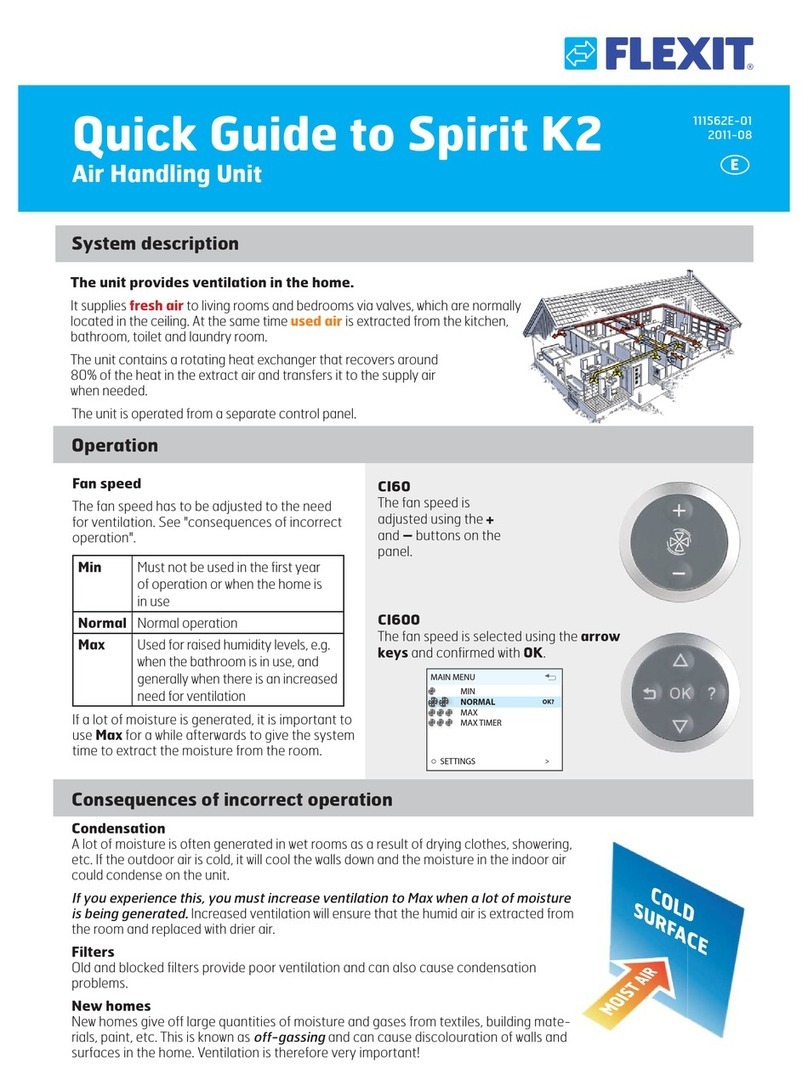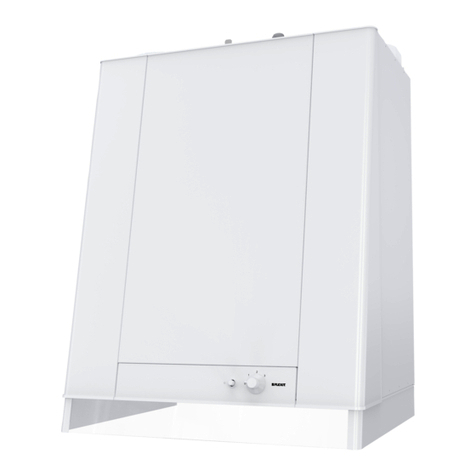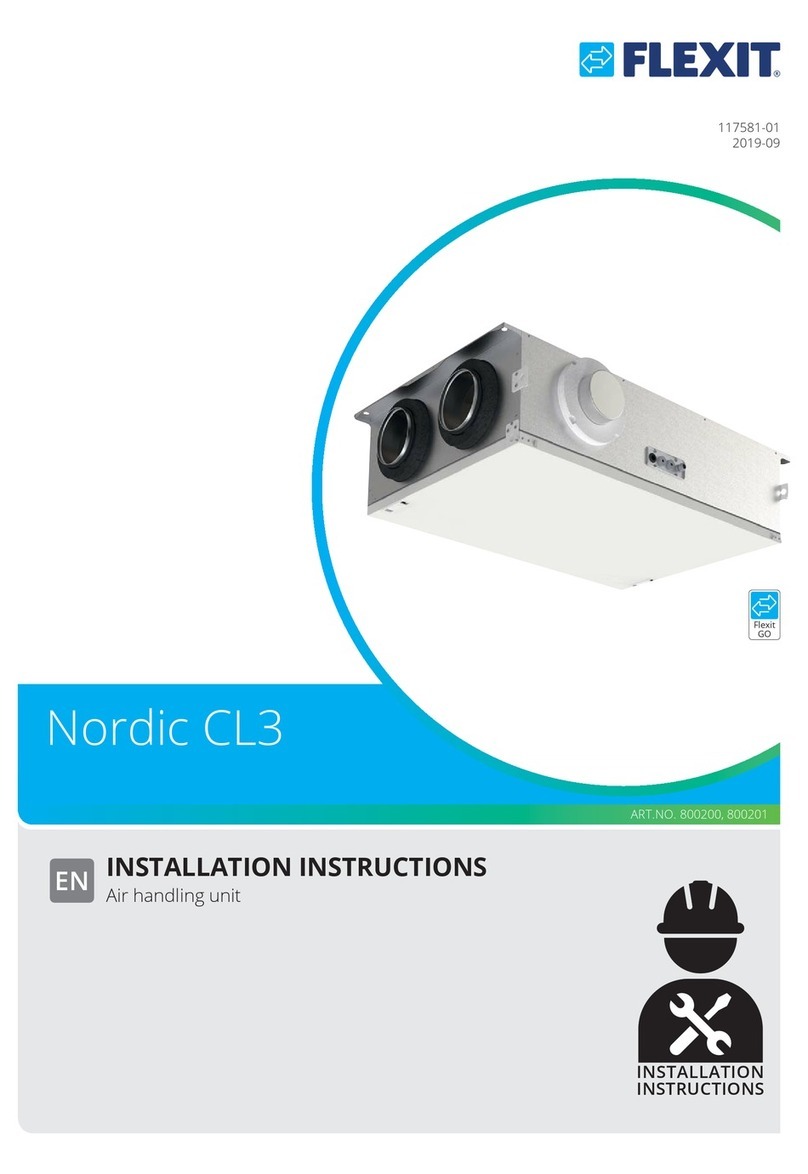Flexit Nordic S4 User manual




















Other manuals for Nordic S4
4
This manual suits for next models
6
Table of contents
Other Flexit Air Handler manuals
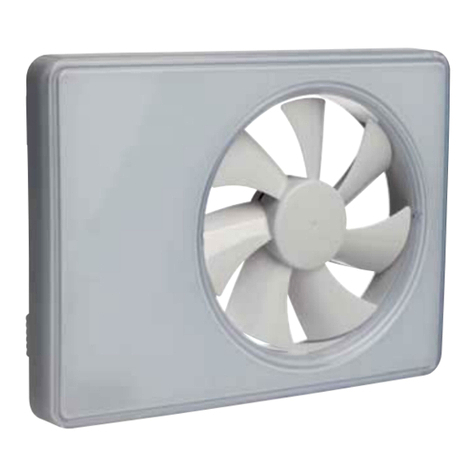
Flexit
Flexit TEMP User manual
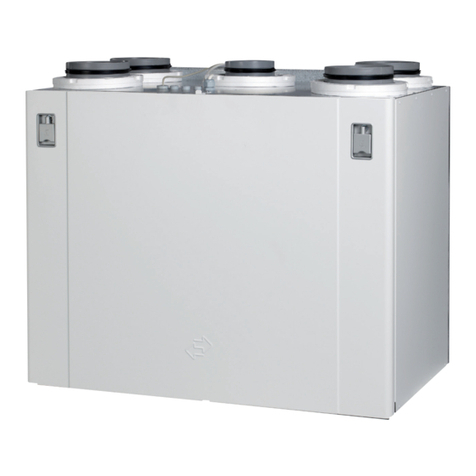
Flexit
Flexit UNI 4 User manual
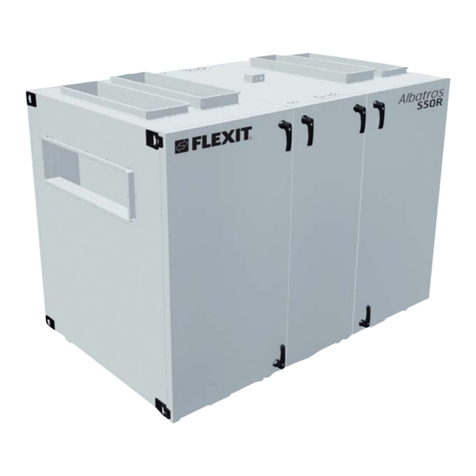
Flexit
Flexit Albatros S50R Instruction Manual
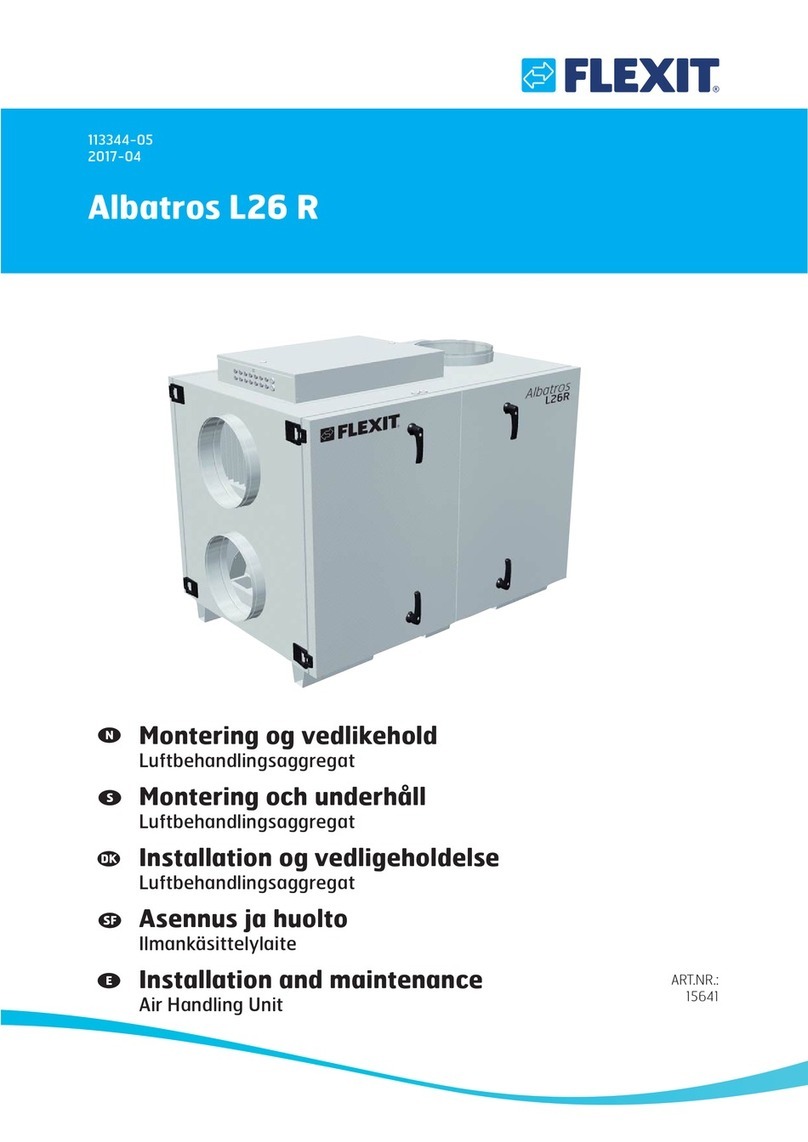
Flexit
Flexit Albatros L26R Instruction Manual
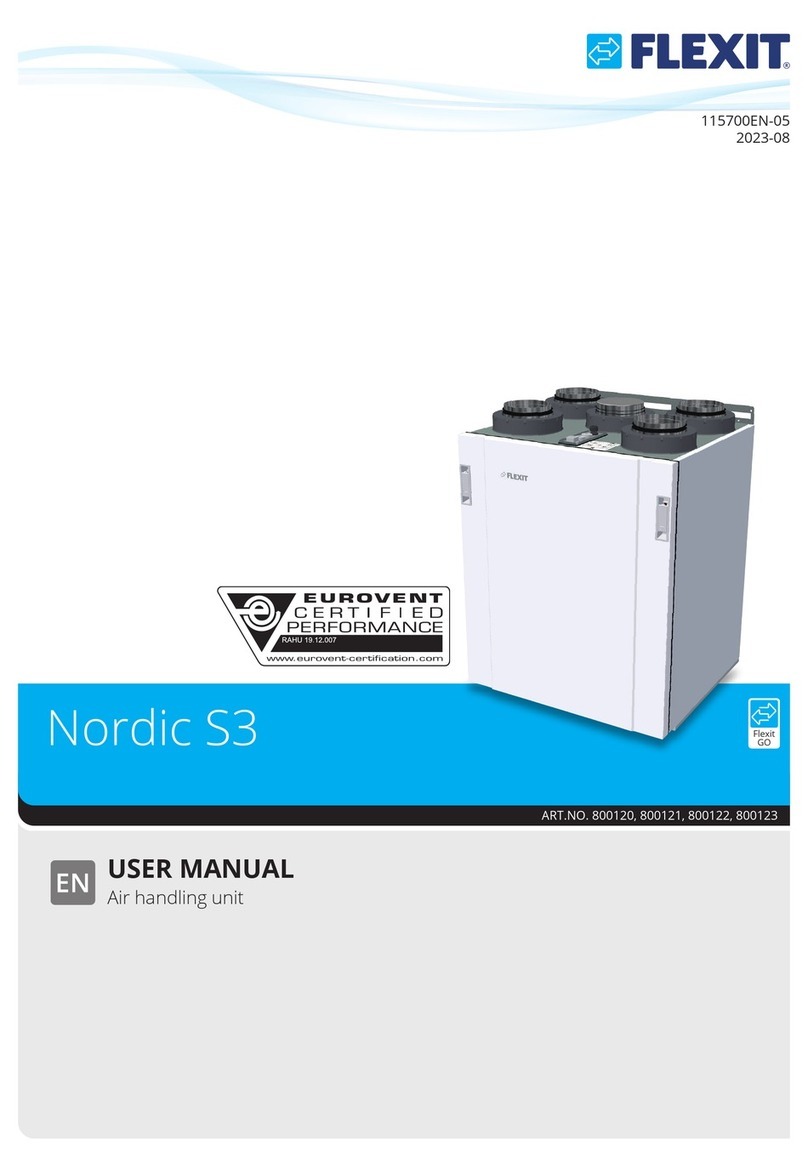
Flexit
Flexit Nordic S3 User manual
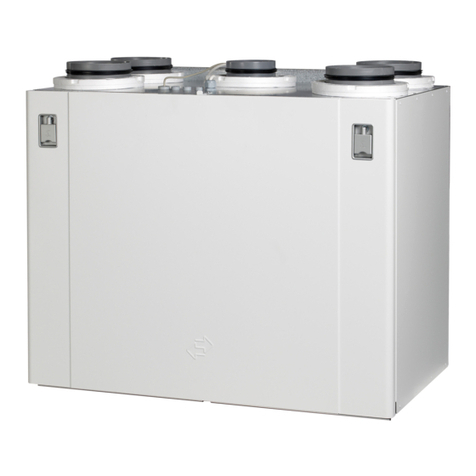
Flexit
Flexit SPIRIT UNI 4 User manual
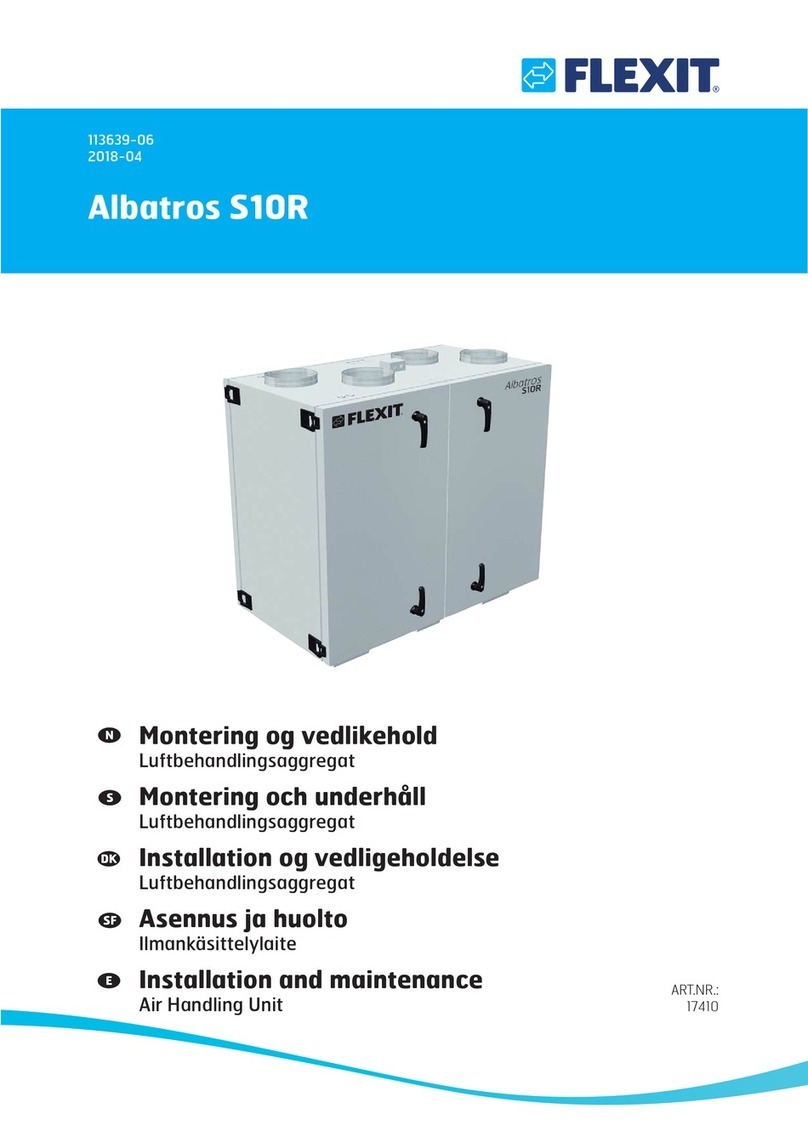
Flexit
Flexit Albatros S10R Instruction Manual
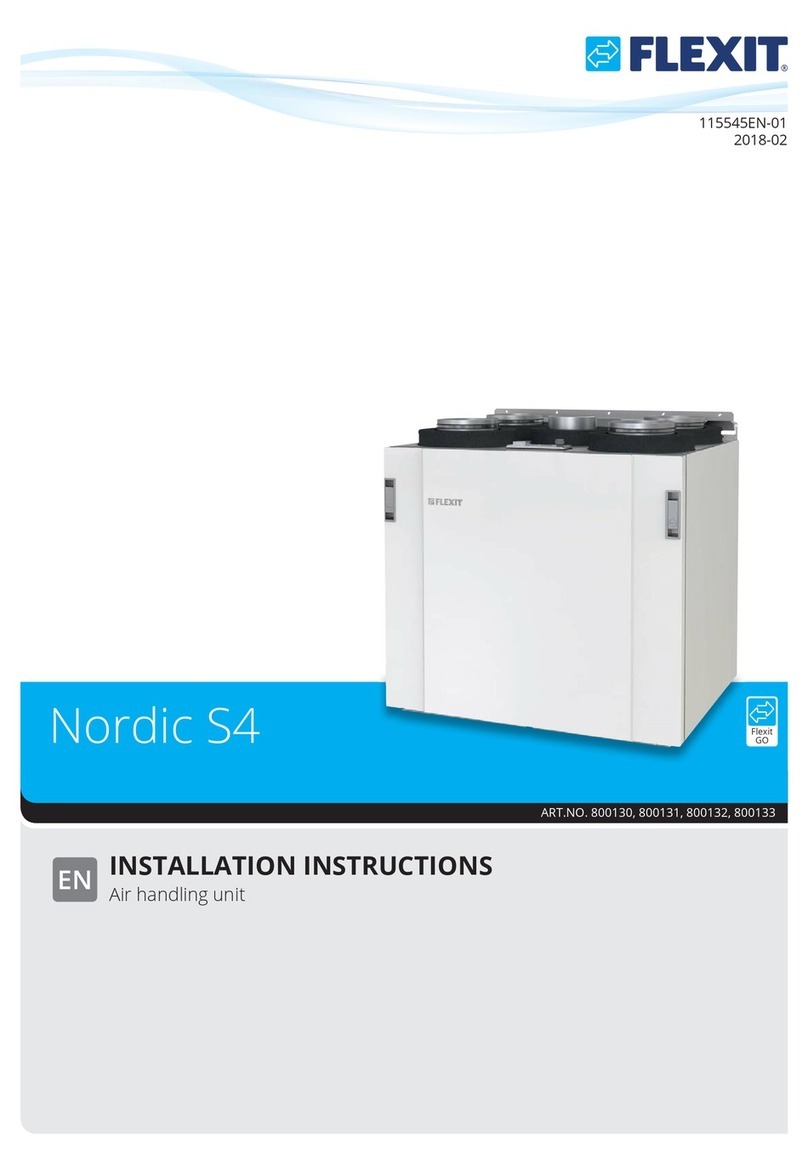
Flexit
Flexit Nordic S4 User manual

Flexit
Flexit Albatros L50R Instruction Manual
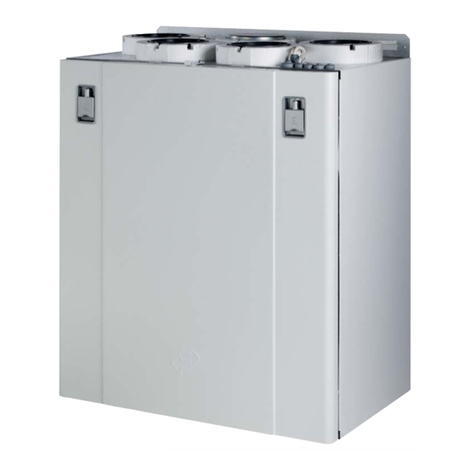
Flexit
Flexit UNI 2 User manual
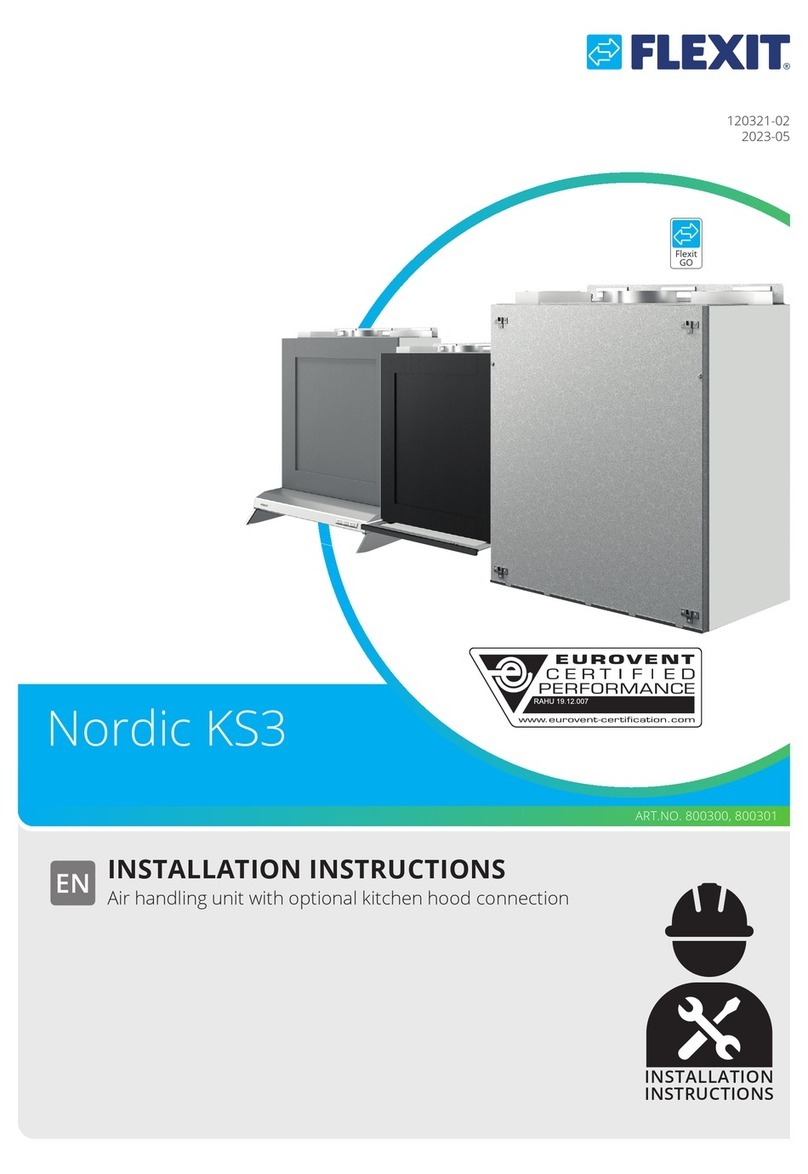
Flexit
Flexit Nordic KS3 User manual

Flexit
Flexit Spirit K2R User manual
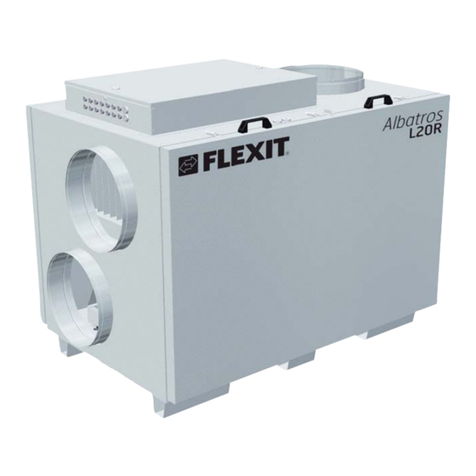
Flexit
Flexit Albatros L20 R Instruction Manual
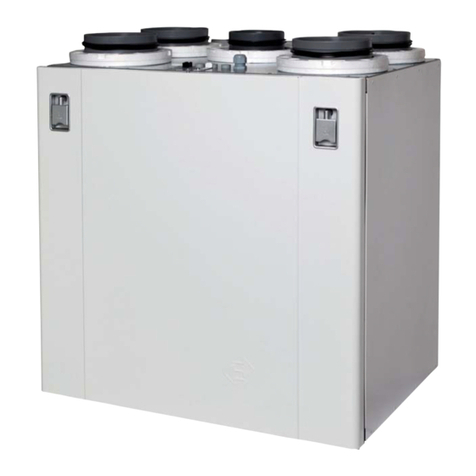
Flexit
Flexit UNI 3 User manual

Flexit
Flexit Nordic S3 User manual
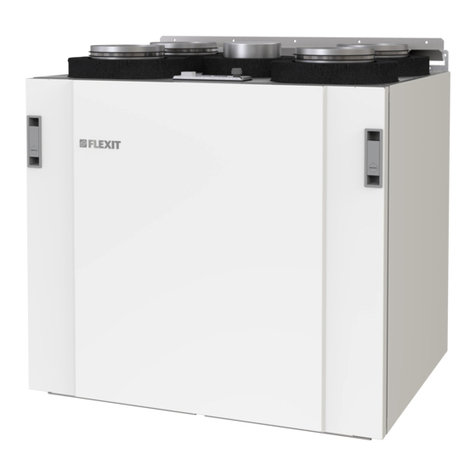
Flexit
Flexit Nordic S4 User manual
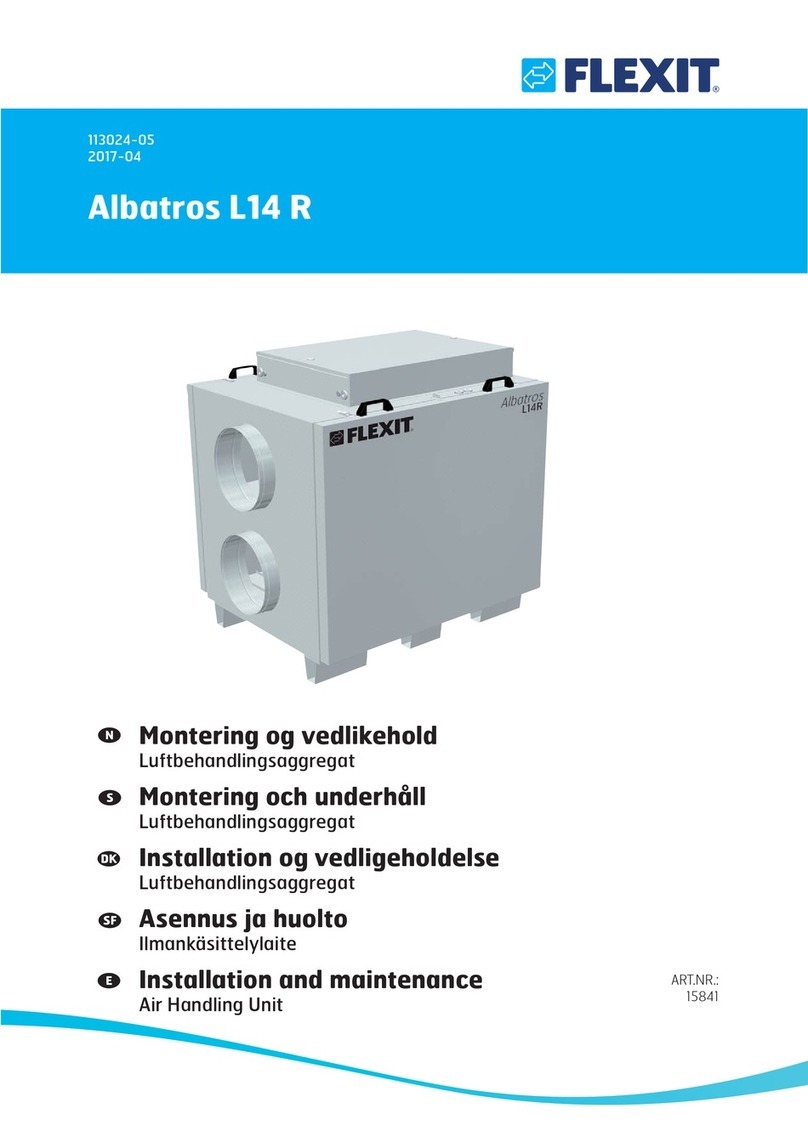
Flexit
Flexit Albatros L14R Instruction Manual

Flexit
Flexit Nordic S4 User manual
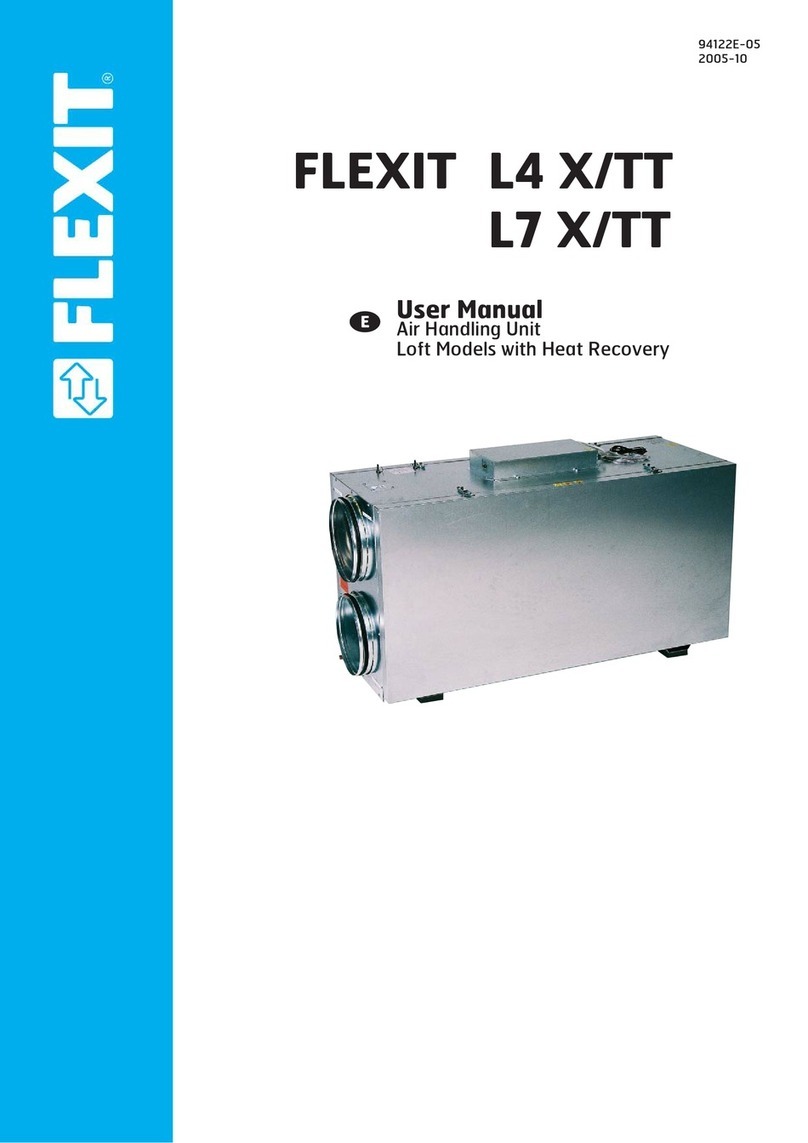
Flexit
Flexit L4 X User manual
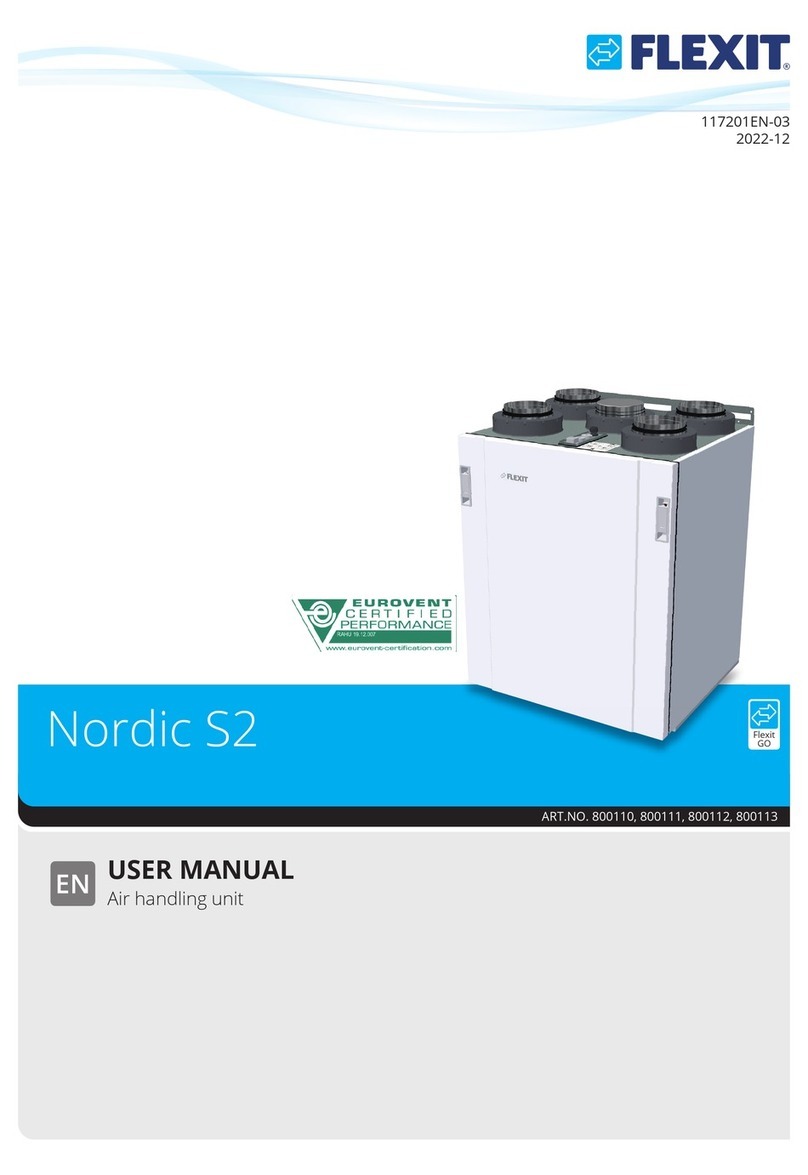
Flexit
Flexit Nordic S2 User manual
Popular Air Handler manuals by other brands

Klimor
Klimor EVO-S COMPACT 5100 Operation and maintenance manual

Exhausto
Exhausto VEX260H Original instructions
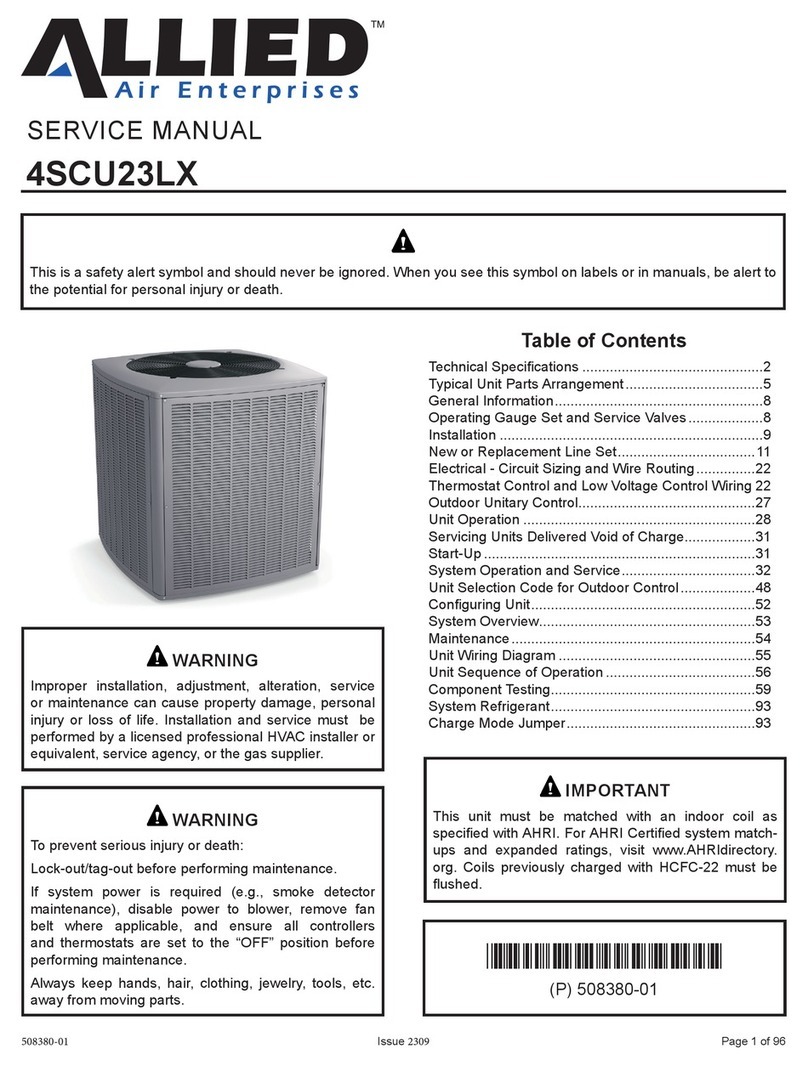
Allied
Allied 4SCU23LX Service manual
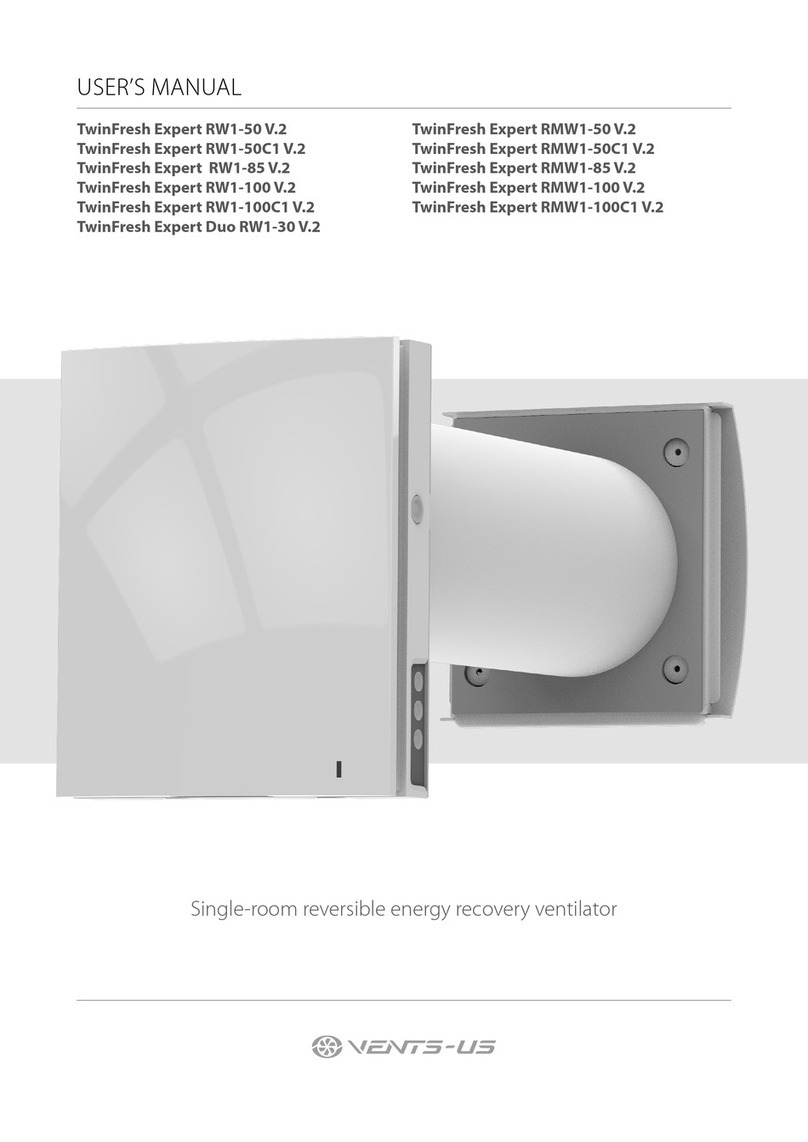
Vents-us
Vents-us TwinFresh Expert RW1-50 V.2 user manual

BLAUBERG Ventilatoren
BLAUBERG Ventilatoren CIVIC EC DB 300 user manual

Salda
Salda RIRS EKO 3.0 1200 VEL MOUNTING AND INSTALLATION INSTRUCTION
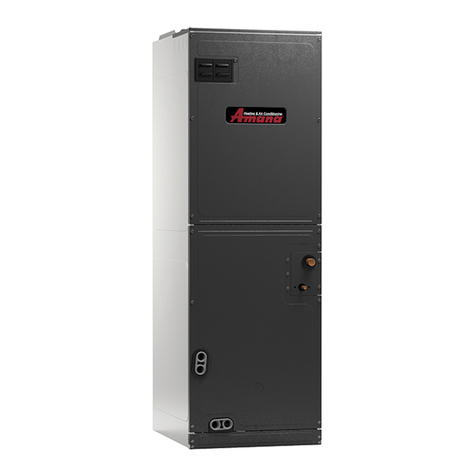
Maytag
Maytag Amana ARUF 14 Series Installation & operating instructions
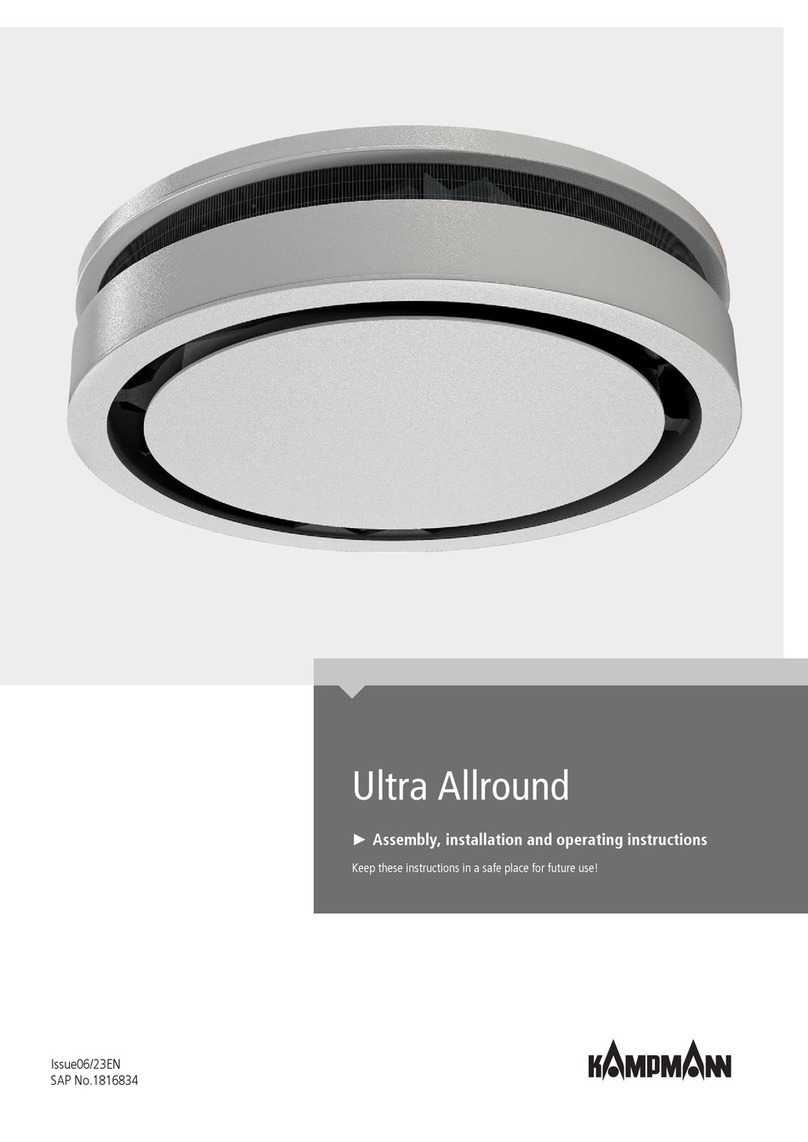
Kampmann
Kampmann Ultra Allround Assembly, installation and operating instructions

Vents
Vents TT Silent-M EC U Series user manual

Lennox
Lennox CBX25UH Series installation instructions

Gree
Gree GUD36A/A-D(U) user manual

AL-KO
AL-KO EASYAIR flat GF-01 Operating and assembly instruction
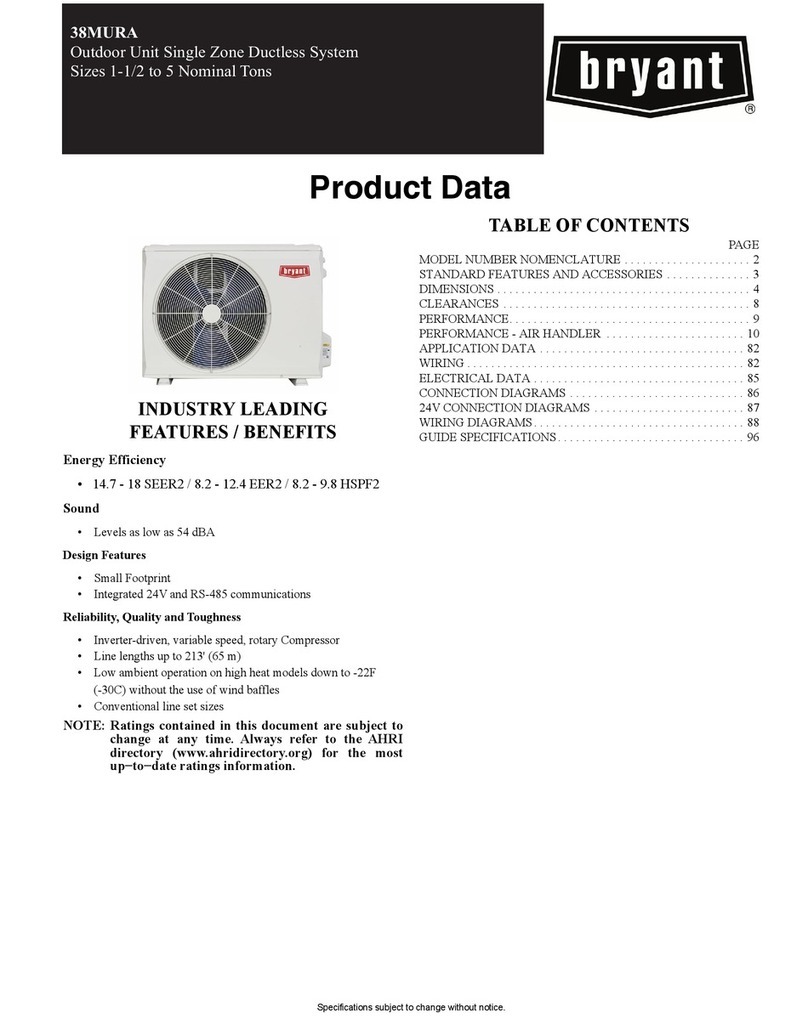
Bryant
Bryant 38MURA manual
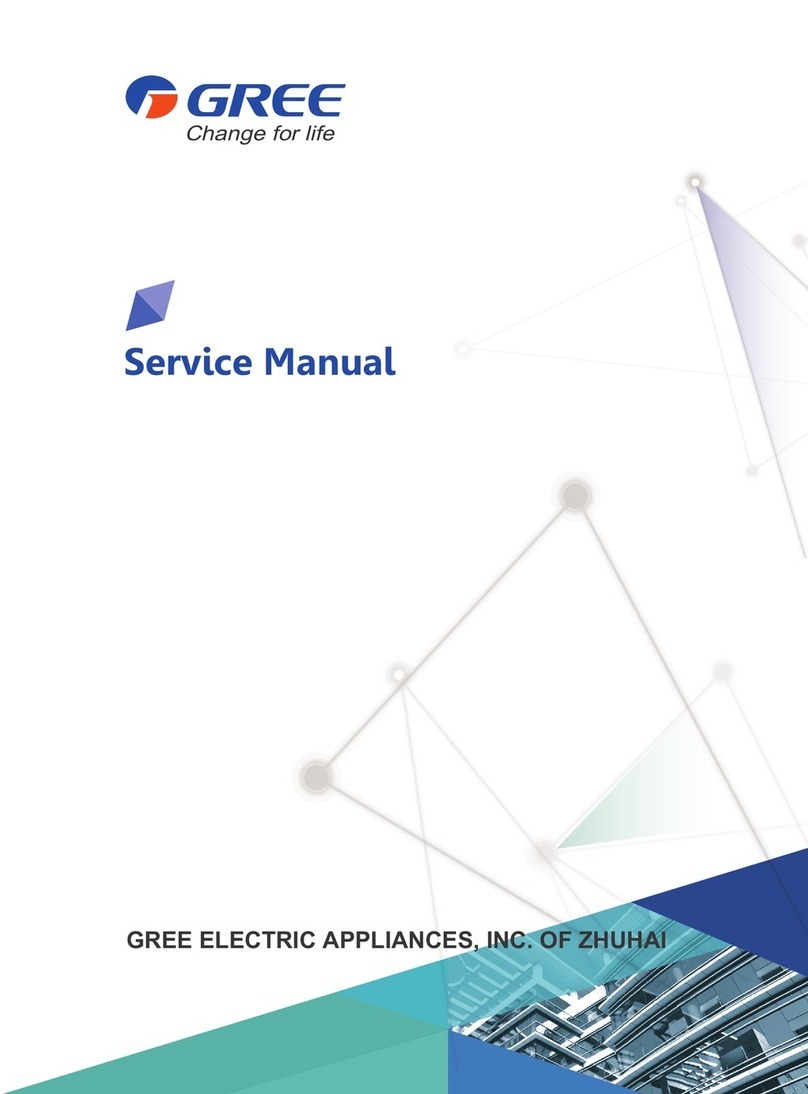
Gree
Gree MULTI18HP230V1EO Service manual
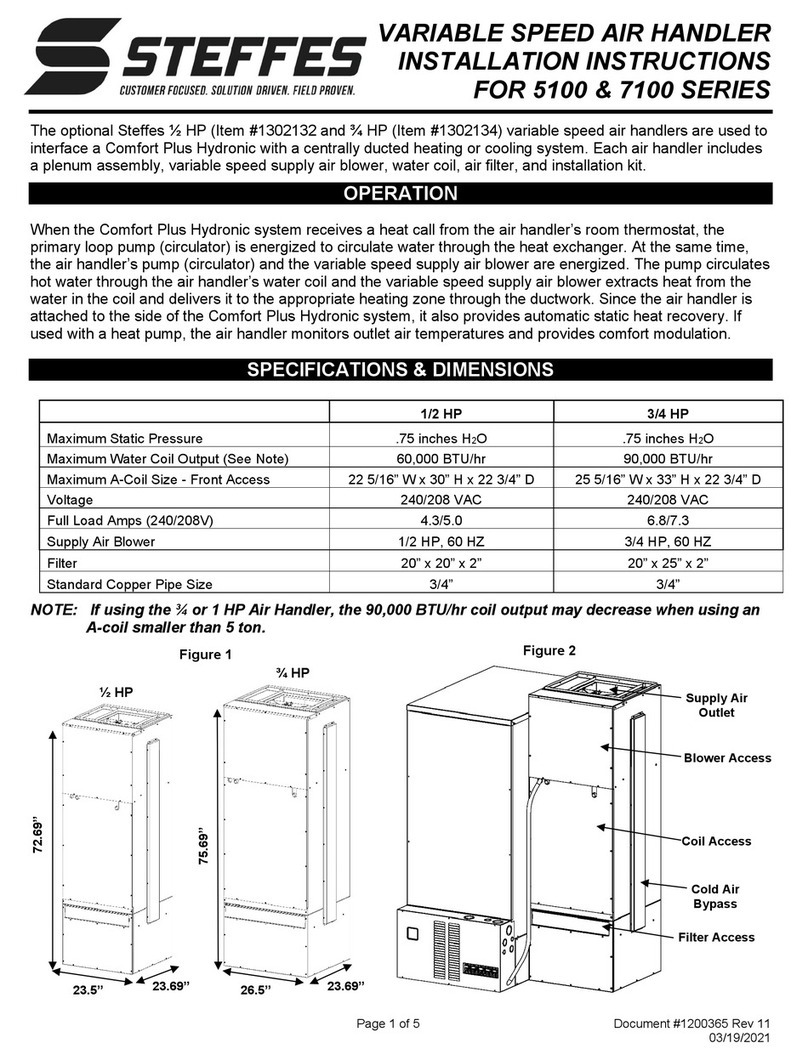
Steffes
Steffes 5100 Series installation instructions
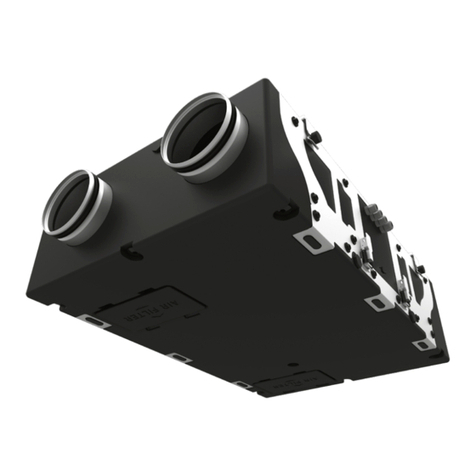
BLAUBERG
BLAUBERG Komfort EC D5B180 S14 user manual

System air
System air Topvex SR installation instructions

System air
System air Villavent VR 400 DCV/B User and maintenance instructions
